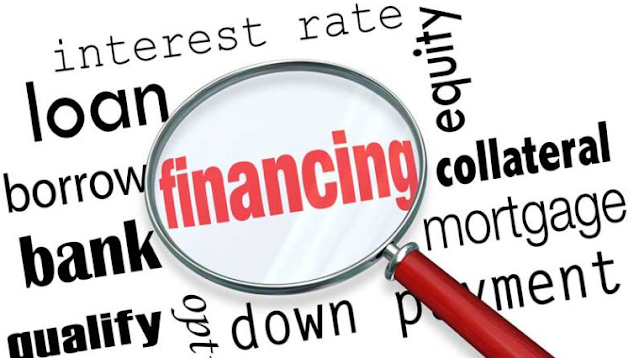The Coffee Culture in the USA
In the United States, coffee is a cultural obsession. Brands with hundreds of locations, such as Dunkin' Donuts and Starbucks, dominates daily urban life in the United States.
Millions of white frothy cups with strongly
stamped pink and orange labels bob around the streets during peak rush hour and
on the train, especially in the morning (In the United States, 90% of coffee is
consumed in the morning).
Coffee drive-ins are a lifeline for the
rushing horde of heavily armored and inked construction workers. During their
lunch hour, women and men in sharp business suits go to coffee cafes.
Students can relax on plush couches at
coffee shops near campus from early afternoon to late at night. While
monitoring roadbuilding sites on the highway, police officers grip coffee cups.
In brief, coffee lovers can be found almost any place in the United States.
This mass-psychotic habit makes Americans
identify Europe, above all, with automobiles that don't have cup holders (to an
American, this is like selling the car without wheels) or with ridiculously
small cups of coffee.
Coffee is now second only to oil as perhaps
the most profitable (legally) traded commodity in the world, with a total
transaction value of $70 billion. Surprisingly, just $6 billion reaches
coffee-producing countries. The other $64 billion is generated as surplus value
in the consuming countries.
Although global coffee consumption per
capita is falling (in the United States alone, it has declined from 0.711
liters in 1960 to 0.237 liters now), global consumption is still growing
substantially. Given that coffee contains either 1% (Arabica), 2% (Robusta), or
4.5 percent -5.1 percent (instant coffee) caffeine, the average American
receives at least 200 to 300mg (the suggested maximum daily dose) of caffeine
through coffee alone.
70% of the world's coffee production is
grown by small farmers. They primarily raise two types of coffee beans: Arabica
and Robusta. Around 20 million people worldwide rely only on coffee cultivation
for a living.
Starbucks is a success story in the worlds
of marketing and entrepreneurship. It's one of those 'excellence' stories
presented as a case study in business school. It was founded in 1971, but it
truly took off under Howard Schultz in 1985, and it now has 6,294 coffee shops.
But what exactly constitutes its success? A big cup of coffee at Starbucks
costs substantially more than one at Dunkin' Donuts: $2.69 against $3.40 at
Starbucks.
However, while Dunkin' Donuts offers just a
limited selection of tastes like as mocha, hazelnut, vanilla, caramel, and
cinnamon, Starbucks provides luxury coffees as well as high-quality coffee dining
with exceptional quality beans such as Bella Vista, Brazil and Costa Rica
Ipanema Bourbon Mellow, Arabian Mocha Java, French Roast, Italian Roast, Ethiopia
Sidamo and many more.
Coffee is a lifestyle in the United States
that has risen to the top of the consumer society. Starbucks is more than
simply another brand on the market; it is a social-political statement, a way
of thinking about how you want to live, in other words, it is a culture.
Starbucks is a Coca-Cola alternative that offers much more than just coffee:
chocolate, ice cream, frappuccino, mugs with exotic graphics, live music, CD's,
discounts on exhibitions, and even volunteer help.
To learn more about coffee you can visit Astrum Capital and follow us
on Facebook


Comments
Post a Comment